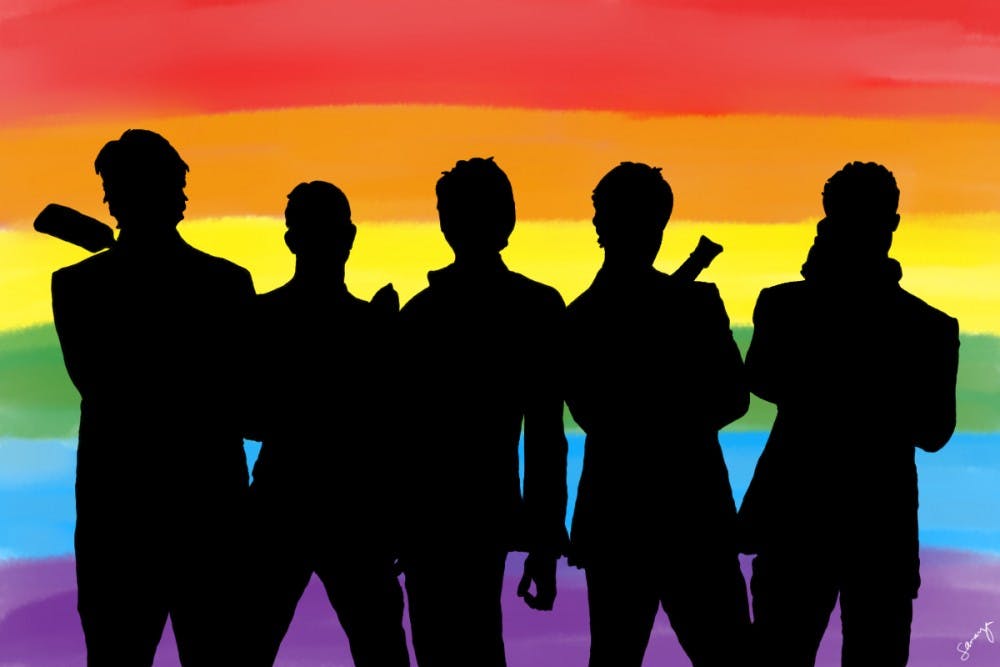In Netflix’s reboot of Queer Eye, Tan France, the new fashion expert, announces the revival’s mission at the very beginning: “The original show was fighting for tolerance. Our fight is for acceptance.” I have to confess I was initially a little suspicious of this claim. I didn’t believe a formulaic makeover show could do anything to make a meaningful statement on LGBTQ or American culture in 2018. The good news is, I was wrong.
The original Queer Eye, which premiered in 2003, has been hailed as a show that broke ground and helped foster positive attitudes about the LGBTQ community. However, it always had critics who objected that, at its core, Queer Eye was a show predicated around stereotypes—namely, the stereotype that gay men are more fashionable than straight men, and that the role they’re supposed to serve is that of “sidekicks” or “helpers.” Those who objected to the first Queer Eye for playing into the “gay best friend” stereotype might be disappointed to see the reboot working off of the same premise. It’s worth noting, however, that the new show makes many important changes. Not only is the cast more diverse, but so are the people they try to help—and the issues they tackle in the process.
One of the most striking differences is that while the original show was based in New York City, the Fab Five of 2018 have pushed it further south to Atlanta. They drive around the South, helping an array of men that includes self–professed rednecks, religious fathers, and Trump supporters. You get the sense that the producers have picked makeovers with the most potential for conflict, and in the end, you are always pleasantly surprised by the grace on both sides. “I’ve never hung out with gay guys before,” one car–obsessed bachelor confesses. They respond in turn: “We all have fallen in love with you. I didn’t expect to have this moment with you, but you are such an amazing man.”
The divide between gay and straight isn’t the only one the show is interested in reconciling. Sometimes, divisions are simply mentioned to be mocked: when revamping the closet of Neal, an app developer from an Indian–American family, Pakistani–British Tan jokes about immigrant mothers and cricket rivalries. In other moments, these divides become serious. There’s an incredibly tense moment where culture expert Kamaro, who is black, is pulled over by a cop who demands that Kamaro step out of the car. Although the officer, Forrest, is later revealed to be pranking them, the moment is used later as a catalyst for reflecting and bonding between the two men in what might be one of the most remarkable moments I’ve ever seen on reality television.
The world is different from 2003. There have been many ups for the LGBTQ community since then, but there is continued pain and misunderstanding. The new Queer Eye is both a celebration of the progress that has been made and a reminder of what needs to come. It is not perfect and politically correct, but it is always well–intentioned. It's a smorgasbord of all of the current trends in reality television—house renovations, makeovers, and cooking combined. It is unabashed fun. It is also, at times, absolutely heart–wrenching. Episodes that end in a gay man coming out to his stepmother or an isolated geek giving a vulnerable thank–you to the Fab Five for helping him through a dark period in his life left the men—and me—in tears.
Where you would expect biting snark from a show with Bravo Network’s DNA, the new Queer Eye contains little cattiness. It is all about genuine connection. The new Queer Eye is here to tell us that we live in a divided society, but we can bridge that divide; it is a delight to watch as they do so with makeovers, jokes, and love.
Queer Eye is available to stream on Netflix.

